Wood preservative for indoor and outdoor use effectively protects the material from the negative effects of damaging factors. This article examines in detail the existing types of antiseptics with regard to their properties and purpose. In the text you can find the basic recommendations on the choice of qualitative compositions with optimal characteristics, as well as recipes that allow you to prepare a protective impregnation at home.
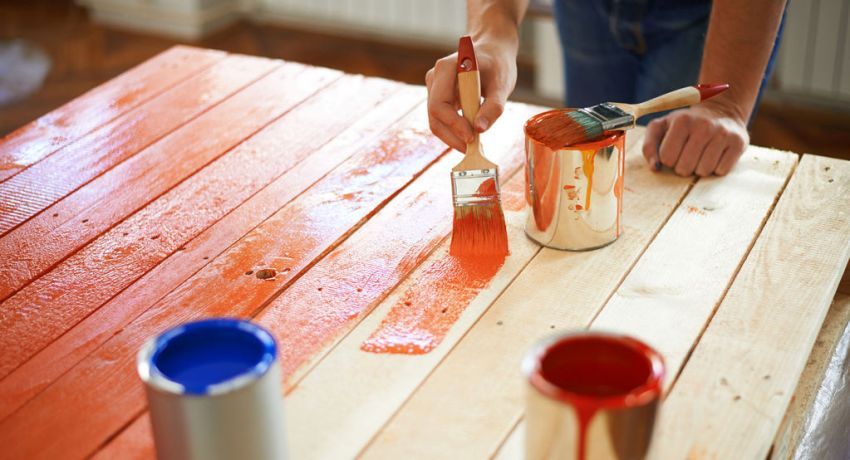
What is an antiseptic and its purpose: general information about the compositions
Wood has a large number of advantages, it is affordable, easy to process and environmentally friendly. Therefore, this material is widely used for the construction of residential buildings and other structures. Wood consists of two components: lignin and cellulose.
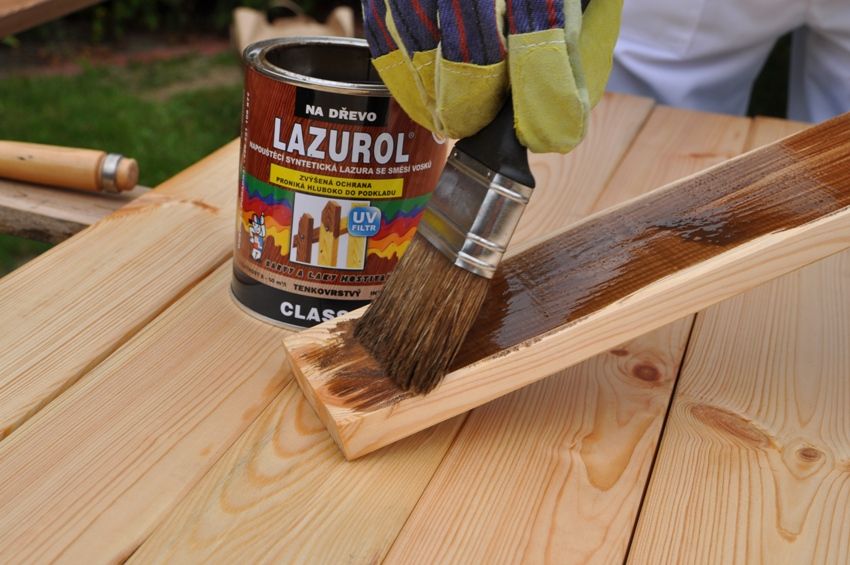
Cellulose is a polymeric material with a linear structure. In turn, lignin has a more complex structure, it is multidimensional. The presence of cellulose provides wood flexibility, and lignin gives it high strength.
In the process of building a wooden building, one should not forget that live material is used in the work, which is completely dependent on the external influence of such criteria:
- atmospheric factors (temperature changes, humidity, direct sunlight);
- biological factors (mold, fungi and bacteria, rodents and insects).
Antiseptics can reduce the negative impact of the biological environment and extend the life of the wood.
In a felled tree, the fibers die off, which saprophytes (fungi) begin to feed on. To process organic compounds into minerals, they use special enzymes. Saprophytes cannot develop without a certain temperature, water, oxygen and nutrients. Fungi of this type are wood-destructive and wood-coloring.
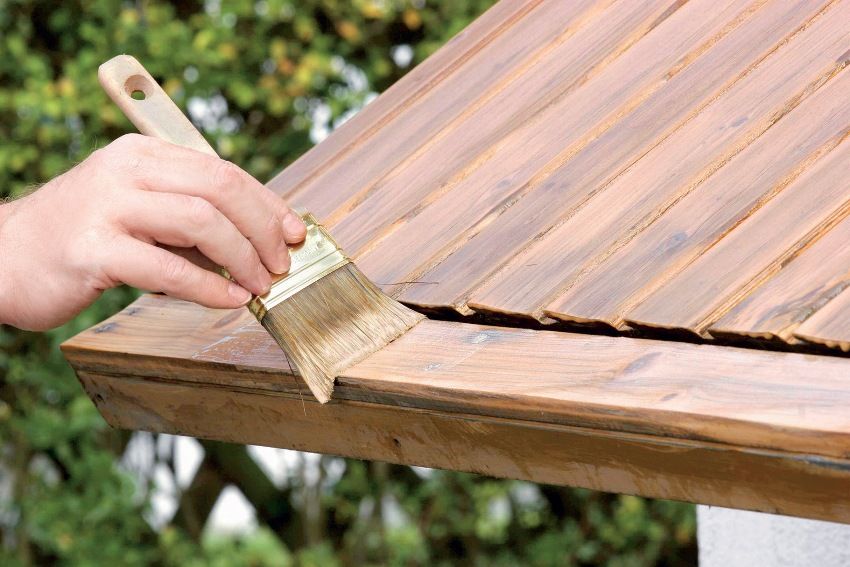
Wood-colored saprophytes develop exclusively on wood that has a natural moisture level. They are concentrated mainly in the sapwood of the material, only rarely penetrating into the core.
In the course of their life, such fungi cause changes in the color of wood, giving it different shades:
- red;
- yellow;
- blue;
- green.
Wood-painting saprophytes die under the influence of a temperature of more than 80 ° C. They are not capable of destroying lignin, and therefore do not affect the strength characteristics of wood, although they may mask the presence of rot.
Note! If the tree has an ugly shade, this indicates that the storage and transportation of lumber was violated.

On the other hand, the presence of wood-staining fungi indicates that the material may be infected with wood-destroying agents that can spoil the material. Therefore, in the preparation process, the raw materials are thoroughly dried, subjected to heat treatment, as well as antiseptic agents.
In addition to fungi, on wood can settle:
- seaweed;
- bacteria;
- insects.
Algae can only spoil the appearance of the material, while bacteria cause its destruction, provoking putrefactive processes. Many microorganisms and insects can cause serious damage to wood. Termites, grinders, bark beetles and woodcutters are especially dangerous. Antiseptics, of which there are many in the assortment of modern stores, are struggling with all these problems.
Antiseptic – a special composition that permeates the wood, giving it additional properties. It protects the material from mold, mildew, blue, and cellulose-eating microorganisms.
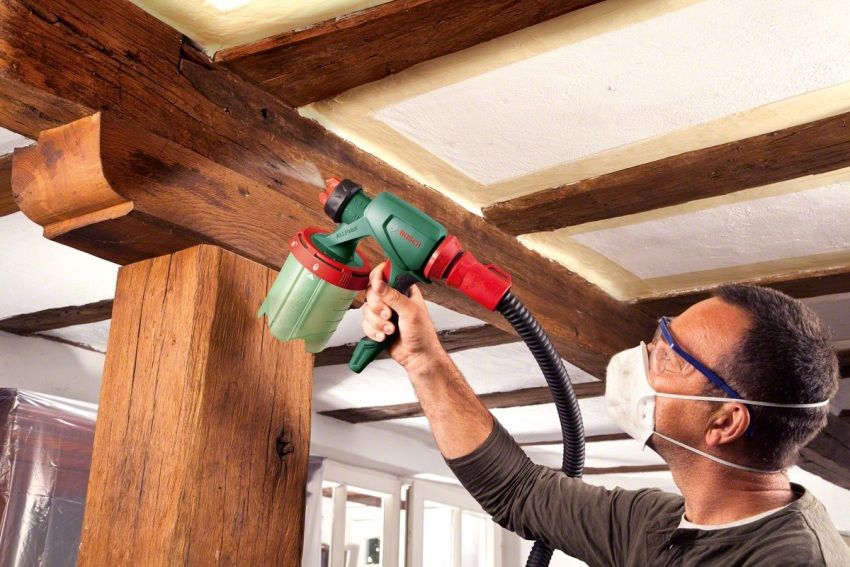
Modern antiseptics contain active ingredients:
- Oxidizers – destroy the cells of saprophytes.
- Fungicides – are present in the composition in the form of compounds of organic and inorganic origin (copper, salts of heavy metals, industrial phenols).
Fungicides block the action of enzymes secreted by saprophytes, creating obstacles to their nutrition. In other words, these substances make the fungus starve. All antiseptics have a liquid consistency, which contributes to the deep penetration of the composition into the depths of the tree.
Note! The deeper the antiseptic penetrates the tree, the more reliable the level of protection it can provide.
Benefits of using antiseptics:
- protection of a wooden building from insects;
- blue appearance is excluded;
- the risk of cracks in wood is reduced;
- a substrate is formed on the surface of the material.

These are only the main advantages of antiseptics, depending on the type of composition characteristics and the possibility of protective impregnation may vary.
Existing types of protective impregnation can be classified by the following features:
- By type of base – organic, water, oil and solutions of the combined type.
- By application – tools for interior and exterior use.
- By appointment – preventive and therapeutic impregnation.
- In terms of functionality, compounds designed to perform certain tasks, for example, for bleaching, eliminating parasites, protecting the material from fire, etc.
- According to the method of application – solutions that are applied superficially or deeply by dipping the wood into the composition.
To choose a suitable composition, it is necessary to consider all the above nuances. Otherwise, impregnation will not bring the expected result.
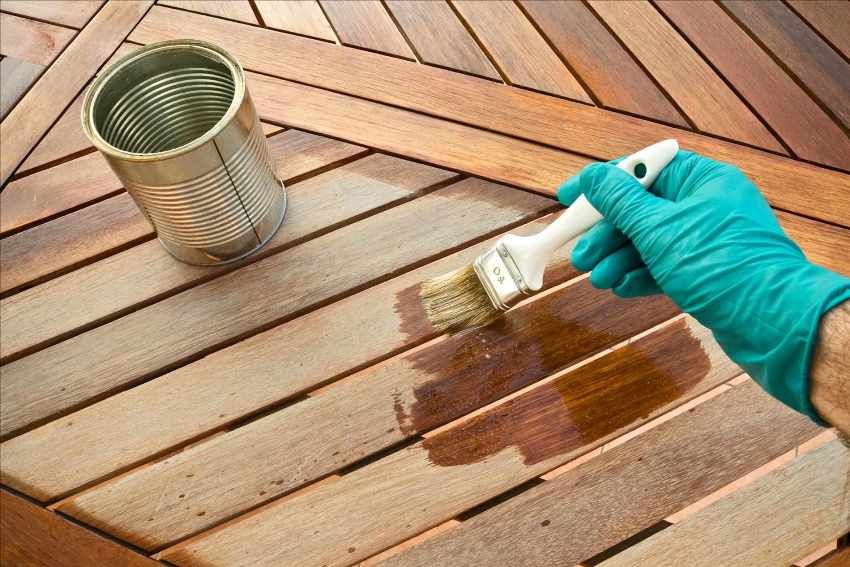
Water based antiseptics are used to protect the tree of any species. In the composition of such materials are usually present:
- boric acid;
- sodium fluoride;
- borax;
- sodium silicofluoride.
In small quantities, these components are used to process the finishes, as well as the internal and external elements of wooden buildings. More concentrated formulations are designed to protect parts embedded in the soil, such as boards or piles.
The advantages of water-based funds:
- In comparison with non-aqueous impregnations, these compounds are less toxic. The most dangerous component of an antiseptic is copper sulfate, which can cause severe poisoning if you accidentally swallow it.
- Safe and easy cooking process. Heating the composition on fire according to the degree of danger can be compared with the usual campfire.
- Lack of difficulties during transportation.

Disadvantages of water-based antiseptics:
- In contrast to oil blends, water-based antiseptics cannot provide a high level of protection.
- Impregnation is easily washed off with water.
- To secure the protective effect, additional treatment with insulating means is required.
Important! Aqueous compositions can only be used to protect surfaces that will not be permanently affected by moisture.
Oil-based antiseptics are in high demand among consumers, as they can not only protect the wood from the effects of high humidity, but also prevent its penetration into the material.
This type of protective equipment does not dissolve in water, since oils are used to create it:
- anthracene;
- shale;
- coal

They give the treated wood a rich dark color. Since these compounds have a strong unpleasant odor, they are used to protect the external elements of the building. Oil-based antiseptics are suitable for treating wood buried in the soil. There are mixtures with a more gentle action. They are used to protect the interior decoration, as well as gazebos and the house from the outside.
Advantages of oil compositions and mixtures based on bitumen:
- a mixture of heavy oil products with a viscous consistency forms a coating on the surface that protects the wood from the penetration of oxygen and moisture;
- the compositions can not only stop the reproduction of fungi and bacteria, but also destroy colonies already living in wood;
- waste oil and bitumen are not a favorable environment for life-threatening insects in need of rotten wood and the absence of hydrocarbons and resins that are harmful to these organisms.
Wood treated with heavy oil, even while in the ground, does not deteriorate over the years.

Disadvantages of indelible blends:
- components of the composition are toxic;
- if the manufacturing technology is violated, the antiseptic may ignite;
- stains on clothing cannot be washed off;
- unpleasant odor;
- may not be used for indoor treatment due to toxicity.
Note! Oil products are not flame retardants and do not provide protection against fire.
Organic antiseptics in most cases are used to protect facade surfaces. They form a thin film on the tree, so they are most often used before painting the walls. This base prevents the penetration of moisture into the wood, and also improves the adhesive properties of the paintwork material.
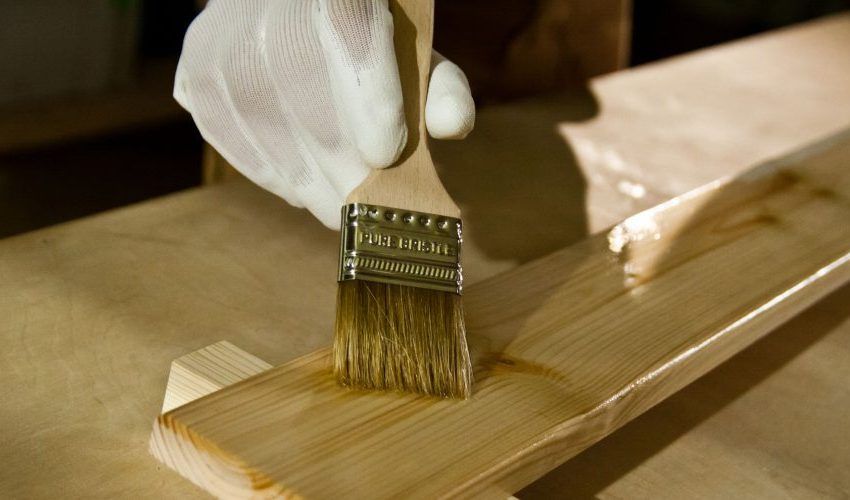
In general, the process of cooking antiseptics is not complicated. To eliminate errors in the preparation of dosages, it is desirable to study the characteristics and properties of the wood to be treated. The same applies to the choice of factory-made impregnations. Properly assessing the state of the material with which you will have to work, you can choose a truly effective and reliable solution and ensure the protection of wooden structures for many years.

